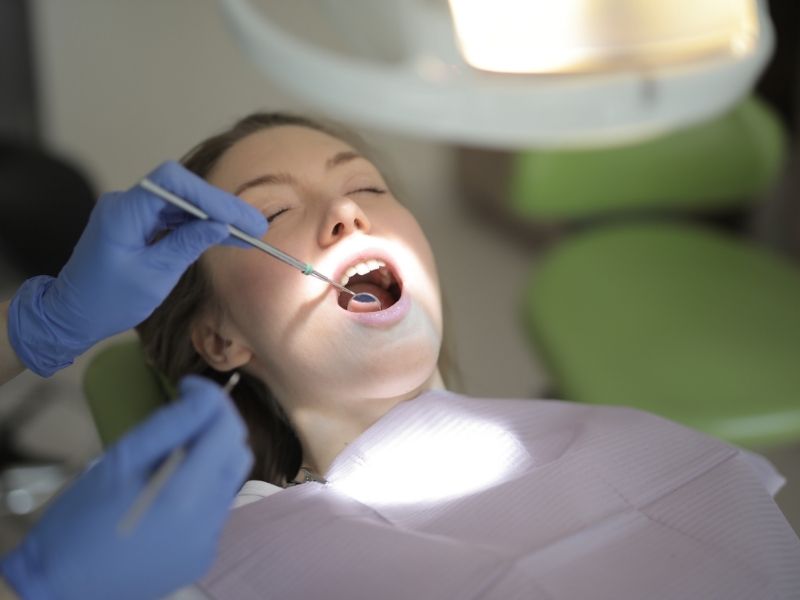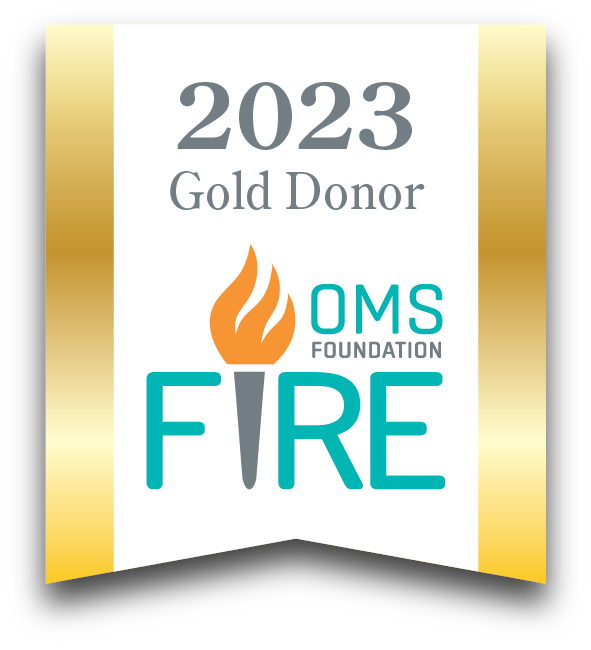Treatment for Facial Trauma: Getting Back Function and Beauty

The face is one of the most complicated and expressive parts of the body. It's also one of the places where people are most likely to get hurt. Injuries to the face, whether they happen in a car accident, a sports injury, a fall, or a fight between people, can have more than just an effect on how you look. They can also make it hard to breathe, eat, talk, and feel good.
Modern facial trauma care is good because it is creative, empathetic, and accurate. Putting bones back together is not enough; it is more important to restore harmony between function and beauty.
You should know about the different types of trauma, how they are treated, and what recovery might be like if you or someone you care about has hurt their face.
What Is Damage to the Face?
Any damage to the bones, soft tissues, or teeth in the face is called facial trauma. These injuries, which can be anything from small cuts to complicated fractures, often need special care to heal properly both in terms of structure and appearance.
The most common reasons are:
- Car crashes
- Falls and injuries at work
- Accidents while playing contact sports or doing other fun things
- Fights or attacks
- Animal bites
Types of Injuries to the Face
People often put face damage into groups based on what kind of structure was damaged. The severity of an injury, where it is, and how likely it is to hurt important functions all affect how it is treated.
Damage to Soft Tissue
Some of them are cuts, bruises, and burns. The main goals of restoration are to keep the blood flowing, straighten the skin and muscles, and lessen scarring.
Broken Bones in the Face
There are a lot of bones in the face, including the orbital bones (around the eyes), the nose, the forehead, the jaw, and the cheekbones. Here are some common types of fractures:
- Zygomatic fractures (cheekbone)
- Nasal fractures
- Orbital fractures
- Mandibular fractures (jaw)
Moving the bones and holding them in place with plates, screws, or wires may be part of the treatment.
Damaged Teeth
You need to fix broken, knocked-out, or moved teeth right away to keep the bite and avoid problems in the future.
Hurt Your Nose and Eyes
If you hurt your nose or eye socket, it might be hard to breathe, see, or have a face that looks the same on both sides. Surgery is often needed to fix the way these work and look.
Goals for Treatment: Form and Function Working Together
The goal of face trauma care is to carefully rebuild instead of just fixing. In other words:
- Restoring physical function: blinking, breathing, or chewing
- Preserving facial symmetry and expression
- Preserving facial blood vessels and nerves
- Reducing noticeable scarring
Oral and maxillofacial surgeons often work with other doctors, like ENT doctors and plastic surgeons, to make a full plan that meets the needs of the patient and the injuries.
Things You Should Not Do During the Treatment
There are different ways to treat an injury depending on how bad it is:
- If you have bleeding or broken bones that could kill you, you need to get emergency care right away.
- In steps, especially if the swelling needs to go down first.
- With or without local or general anesthesia, depending on how hard it is.
Here are some possible treatments:
- Using small titanium plates to fix and reshape bones
- Dental work to fix broken or crooked teeth
- Functional rehabilitation to help with speech, moving the face, or chewing
- Using multilayer sutures to rebuild soft tissue
Like every case, every treatment plan is different.
When and How Long to Recover
How long it takes to heal depends on the type of surgery and how bad the injury is. Generally:
- Soft tissue healing starts after 1–2 weeks
- Bone healing takes 4–6 weeks, and longer if grafting is needed
- Bruising and swelling go down in 7 to 14 days
- Follow-ups and imaging make sure that the healing process goes well and that the body works well in the long term
While patients are recovering, they should do the following:
- Don't do things that require a lot of physical effort
- Eat a soft diet, especially if you have jaw or tooth injuries
- Take good care of your mouth and wounds
- Go to all of your follow-up appointments to see how you're doing
Long-Term Results: A Face That's Back to Normal and a Life That's Full of Confidence
Thanks to better imaging, surgery, and tissue healing, most patients get back both their function and their looks with few long-term effects. The goals are not only to stay alive, but also to feel safe, confident, and get back to normal life.
In some cases, it might be best to finish the functional or cosmetic restoration with follow-up treatments like dental implants or scar revision.
When to Get Help
Get medical help right away if you have any of the following face injuries:
- Bleeding that won't stop
- Trouble breathing through the mouth or nose
- Eyes that aren't lined up right or changes in vision
- Jaw pain or trouble biting
- Teeth that are missing or loose
- Numbness in the face or lips
Early evaluation lowers the risk of long-term problems and raises the chances of a full recovery.
Get to the Next Step in the Process of Getting Better
Every wound needs special care, and every face has a story to tell. You don't have to deal with the effects of facial trauma alone.
To set up a meeting, please call us or come by in person.
Let's talk about your symptoms, goals, and how we can help you get your balance, function, and mental clarity back, one step at a time.











